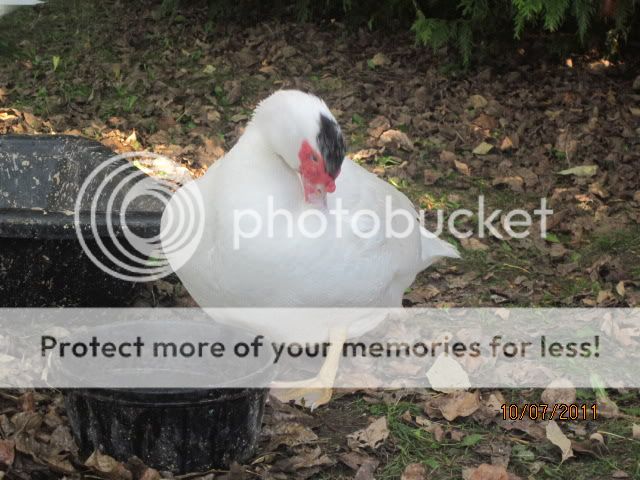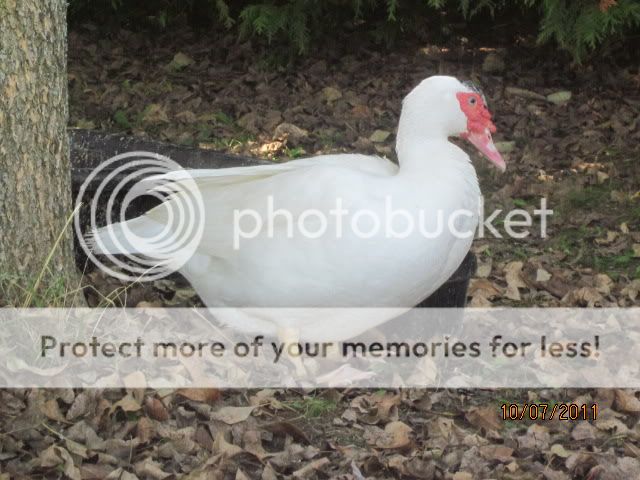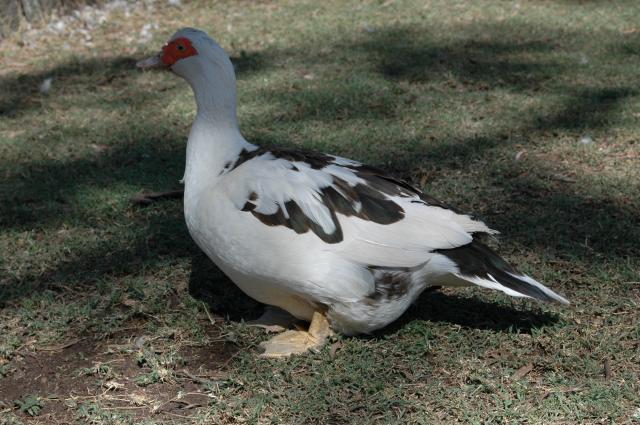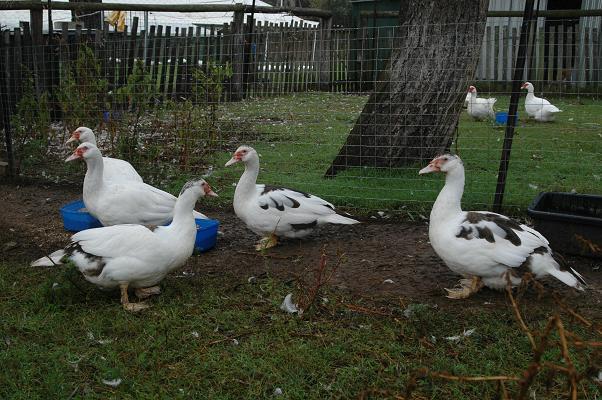Quote:
Years ago white birds with black caps (that didn't disappear post juvenile moult) used to be quite common here, & am told that they did breed true; all white with pigmented cap yes. I guess they could have been this colourform as a result of d/d, P/p+, but would there remain consistency of pattern if true breeding as reported, eg, what about the 25% homozygous for incomplete dom white bred from two heterozygotes?
Quote:
Yes, this makes sense to me, & could well explain the variabilty seen in this & other instances! However, depending on what you read (& see), some info suggests that hetero incomplete dominant white (P/p+) can produce haphazardly marked birds with large areas of white all over, while others confine "tighter" haphazard white markings to front of bird, eg, head, neck, & breast (the calculator for example). Maybe some of the really haphazard white birds seen are result of combinations of genes for white markings as I think you have previously mentioned, eg, P/p+, C/c+, d/d, & not hetero P/p+ alone? Selection pressure could alter pattern (amount of white) over generations?
Quote:
I agree, & not just for those factors that cause "no colour".
Quote:
Yes, because I was placing emphasis on the possibility of something other than multiple diluters doing the work, in the context of past communication with Ian
Quote:
Quote:
Blues I have bred in the past with pigmented head exhibited same colour as rest of body from memory. As you say, it is likely that a close inspection could find that head is a very dark blue, or @ least not solid black, but I still find incongruence interesting. The odd feather leaking yes, but a whole patch?
Something else to consider re: the hetero for white marked bird which only expresses small amount of white on the neck for example; how to differentiate this from similar naturally occuring white in the wild-type bird (not due to P)?
Good points & observation AquaEyes










